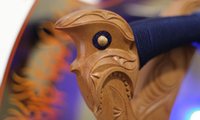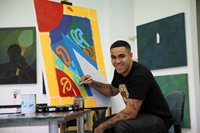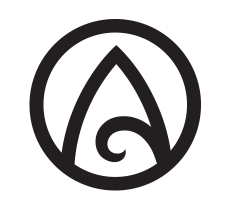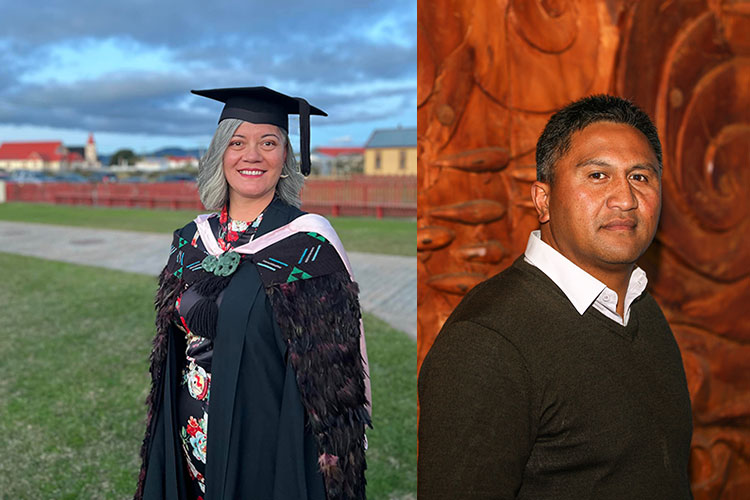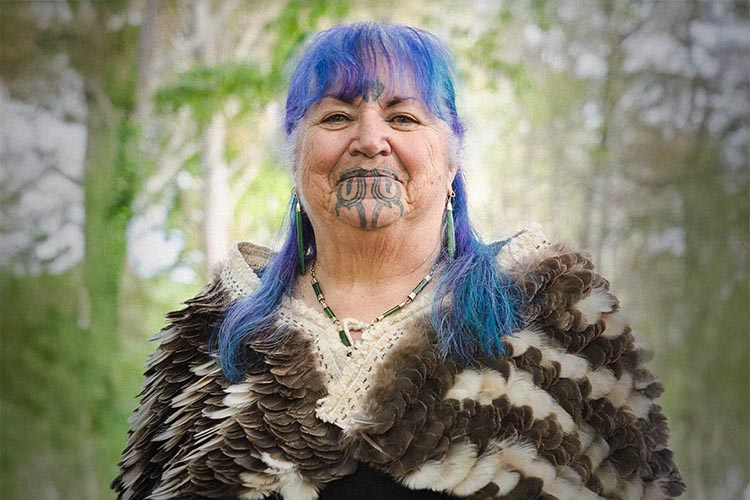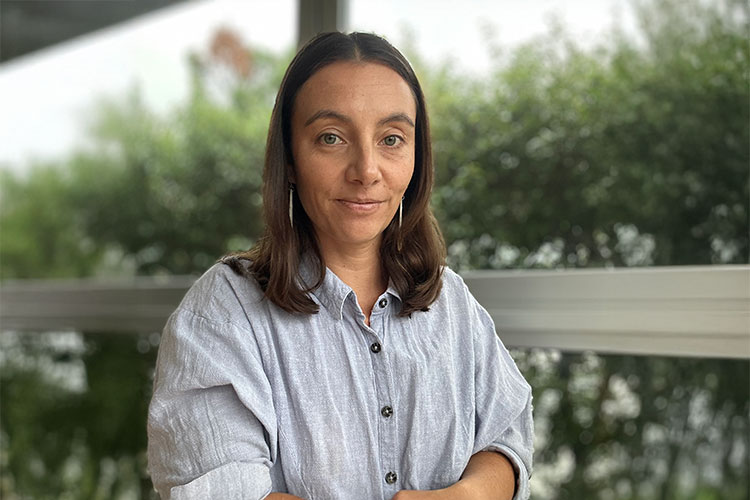Alex Heperi spends her days working as a senior architectural graduate, working in the architectural industry but by night she’s completing her studies towards the Maunga Kura Toi Bachelor of Māori Art degree at Te Wananga o Aotearoa.
“My job is stressful, I did this for some creative relief,” she says.
Having studied architecture and interior design at Victoria University and taking a Māori paper at Massey University, Alex is well aware of the intense workload that comes with tertiary study.
She says studying architecture opened her eyes to different sculpture and shapes and helped her to see what’s possible.
“The things that I have learned here at Te Wānanga o Aotearoa with a brush and canvas, the teaching behind it you can apply anywhere. The stuff I learnt at architecture school, this stuff supersedes all of that,” she says.
“We did the wharekai at Pukemokimoki Marae, that was a pretty cool experience. I really like narrative-based designs, I guess I like interpreting stories to become a visual representation. Our noho were at the marae, we were there every weekend and I really liked the whakawhanaungatanga, everything about it was great. Learning here is more than curriculum, its value based where you get whakapapa, tikanga all in one."
Last year she got to study with her mother and says it was great to spend that time together.
“I’m the youngest in my class, it’s cool I have a lot of new aunties.”
She says learning toi has been challenging but will ultimately help her architecture.
“I like doing things until they don’t scare me anymore,” she says.
“I want to get comfortable with this so I can go on to the next thing. This is helping my architecture work a lot in terms of the creative process and I’m interested to see how these processes and fundamentals can be applied within architecture, interior design and urban design. It’s a new space and now people have to co-design and start thinking about applying the same weight to design that they do to infrastructure when applying any Māori imagery or thinking about the whakapapa behind spaces.”
Alex also works in public spaces with council and iwi toi using traditional design in a contemporary way, but the placement of the designs now has more meaning.
“For example, we wouldn’t walk over kōwhaiwhai, but we would walk over whāriki patterns, so knowing the difference helps this mahi.”
Alex is currently showcasing Taniko patterns inspired by her great grandmother in the Te Kahu o te Ao collection, which pays homage to her ancestors and whakapapa.
Learn more about our Toi Māori Arts programmes.


